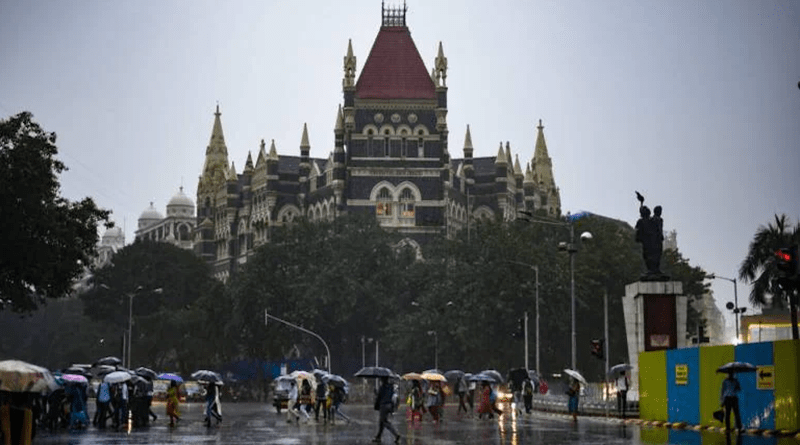These five roads in Mumbai are named after politicians, bankers, lawyers and activists who had two things in common: one, they were Parsi, and two, they all contributed to the development of Mumbai, and India as a whole.
There is no community in Mumbai as wealthy as the Parsis. Bombay owes a lot of its historical glory to them. The British clearly thought favourably of them, given the linkages they formed with the community. In 1877, Sir J.R. Carnac, governor of Bombay, is said to have told them: “I would ask you to remember that you have what is called the very bluest blood in Asia.” Until 1946 – a total of 63 Parsis had been knighted. Today, they muster up a population of less than 80,000. But their credibility is inversely proportional to their dwindling numbers. Mumbai real estate is dominated by them. Even today the perception among a large home buyer audience is that they will not be deceived and duped by Parsi builders.
Article by Vishal Bhargava | Moneycontrol
As rich as that perception may be, even richer is the history of the community. In last week’s column, I wrote about five personalities behind Mumbai’s streets. In this week’s piece – I write about five Parsis behind Mumbai’s streets.
Sir Homi Mody Street, Fort: Mody was a lawyer, businessman and administrator. After joining as a partner in a textile firm, he led the textile industry’s campaign for protective tariffs against foreign competition. At the age of 32 in 1913, he was elected chairman of the Bombay Municipal Corporation, where he remained for the next 29 years. He joined the Tatas as director in the 1930s and stayed on for the next 25 years. He was knighted in 1935. His son, Russi Mody, would later on go to become the chairman and managing director of Tata Steel. Today – the street on which the headquarters of the Tata Group stands – is named after Homi Mody.
Veer Nariman Road, Fort, and Nariman Point, Marine Drive: Next to the Sir Homi Mody Street is a road named after Khurshed Framji Nariman – also known as Veer Nariman. He hit the spotlight when he launched a ferocious attack against British administrators over the Backbay Reclamation scandal in 1928. The project was toned down thereafter in scale. Nariman later became Mayor of Bombay from 1935-36. A year later, after being passed over in the selection of chief minister – which went in favour of B.G. Kher -he sparked a controversy with complaints of communal bias. His name is, however, retained widely even today among masses, as the business district of Nariman Point is named after him.
Sir Pochkhanawala Road, Worli: Sir Sorabji Pockhanawala was a pioneer with regards to banking for India. At the age of 30, he founded the Central Bank of India in 1911. The aim of the bank was to establish an Indian-controlled bank that could take on the British banks. It was the first commercial bank that was owned and managed by Indians. Today, the street named at Worli after him – has the headquarters of the Anti-Corruption Bureau as well as premium residences like the Piramal House
Dadabhai Naoroji, Fort: Naoroji was the president of the Indian National Congress in the 1890s and early 1900s. Earlier in his life, he went against popular opinion and opened schools for Indian girls. After visiting Britain and seeing the prosperity, he unleashed one of the most powerful arguments against imperial rule. In 1867 his ‘drain of wealth’ theory blamed Britain for draining India. He also fought for a place in British Parliament and won by a narrow margin in the 1892 election. His name graces the street where the iconic CST Railway Station is today, and extends to sections which command numerous iconic structures like the JN Petit Library and the Oriental Building.
Sir Pherozeshah Mehta, Fort: No single individual has done as much for the city of Mumbai as Mehta. A lawyer-turned-politician, he drafted and supported the Bombay Municipal Act of 1872 – seven years after the Bombay Municipal Corporation was created. The Act provided for a municipal corporation and a town council. Half the members of the BMC and three-quarters of the members of the council were to be elected by the people. The rest were to be government appointees. Mehta later became the municipal commissioner of Bombay in 1873 and later its chairman. Mehta was initiated into politics by Dadabhai Naoroji, and both were founders of the Indian National Congress. The statue of the man is placed outside the BMC headquarters in Mumbai. The road with his name at Fort is surrounded with offices of banks today.

